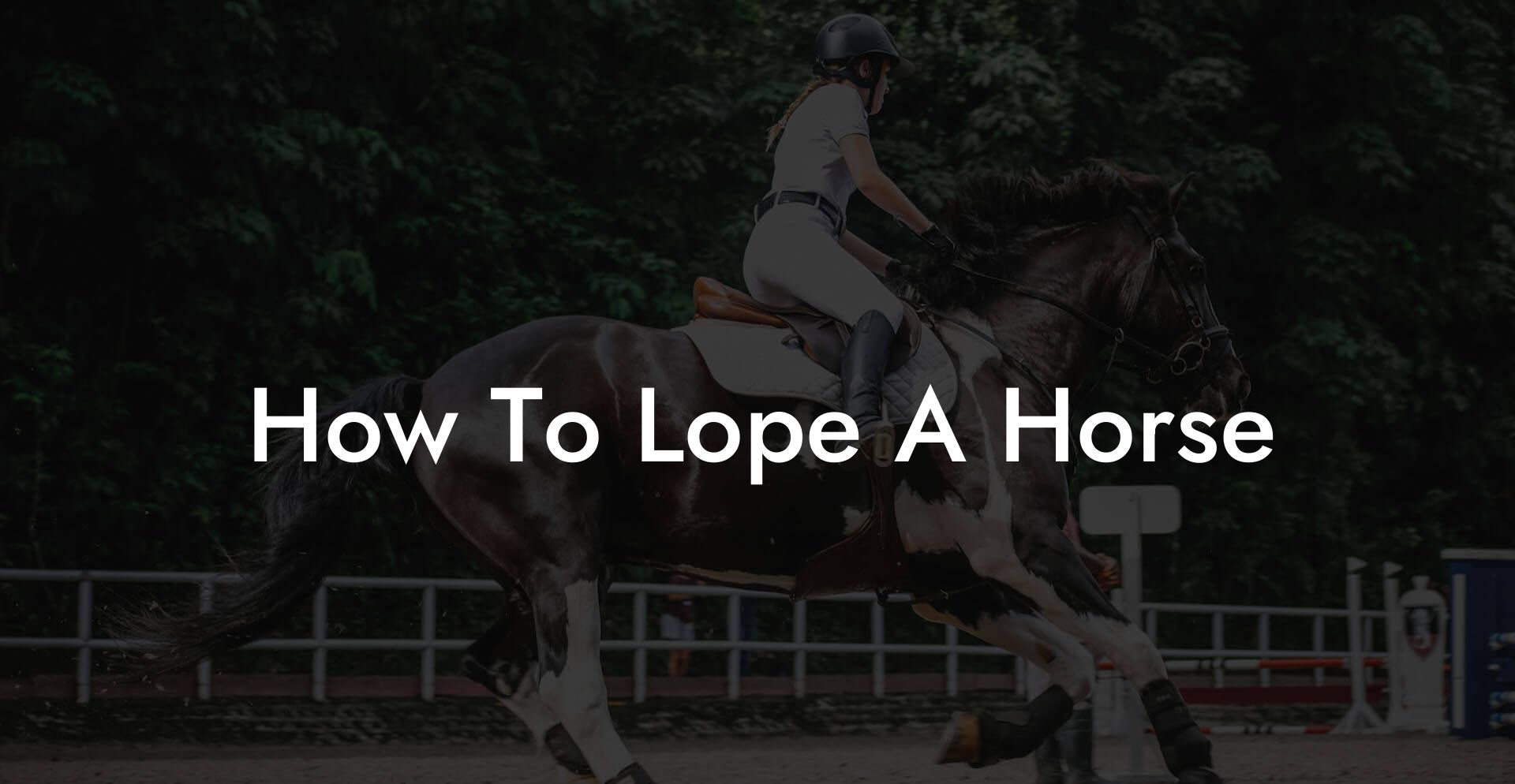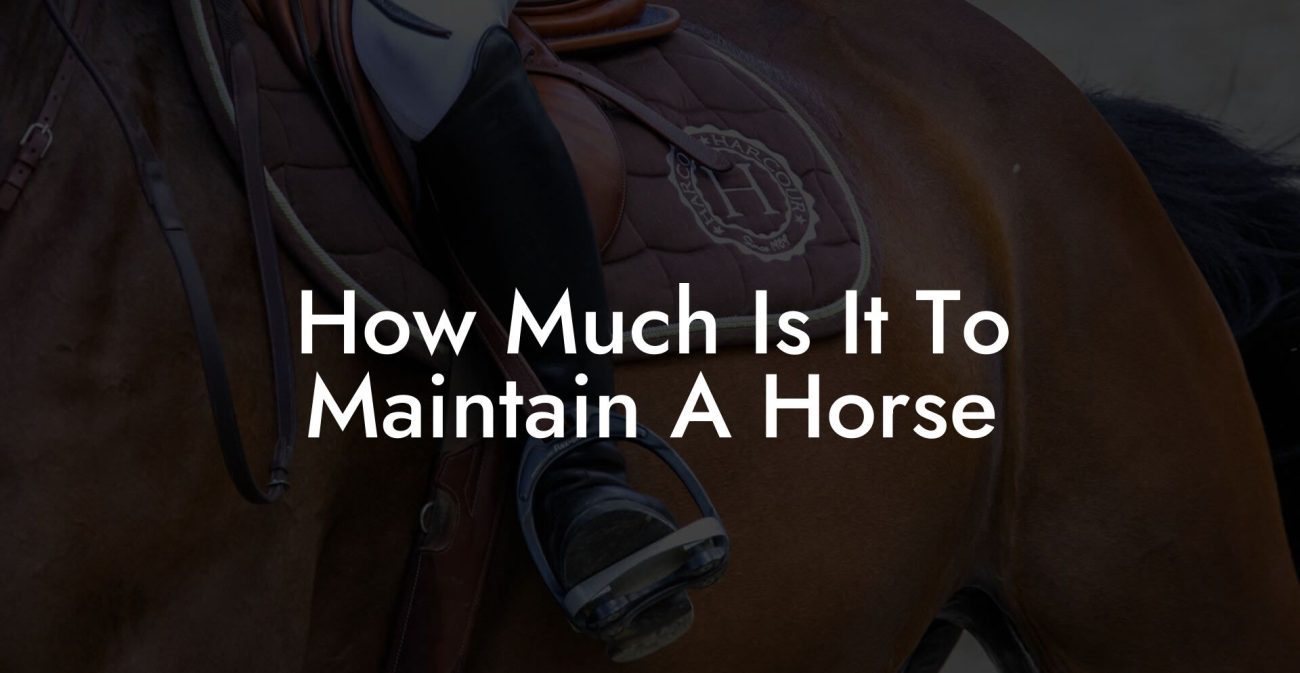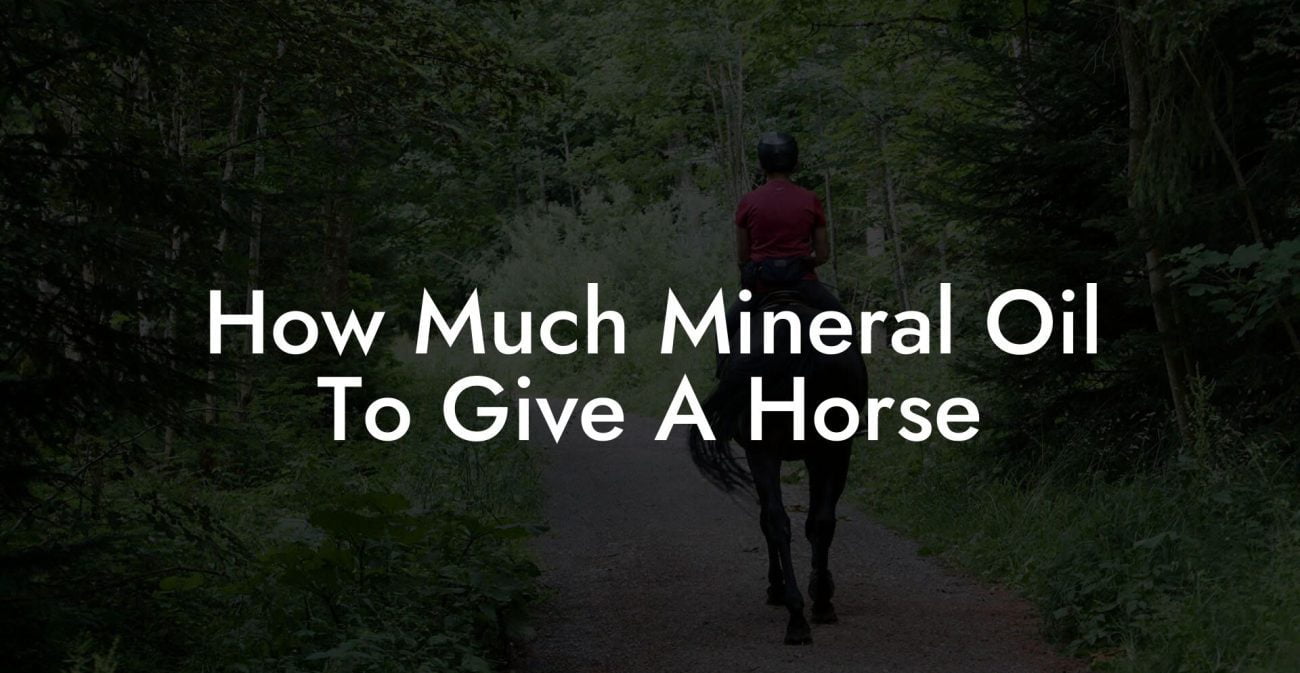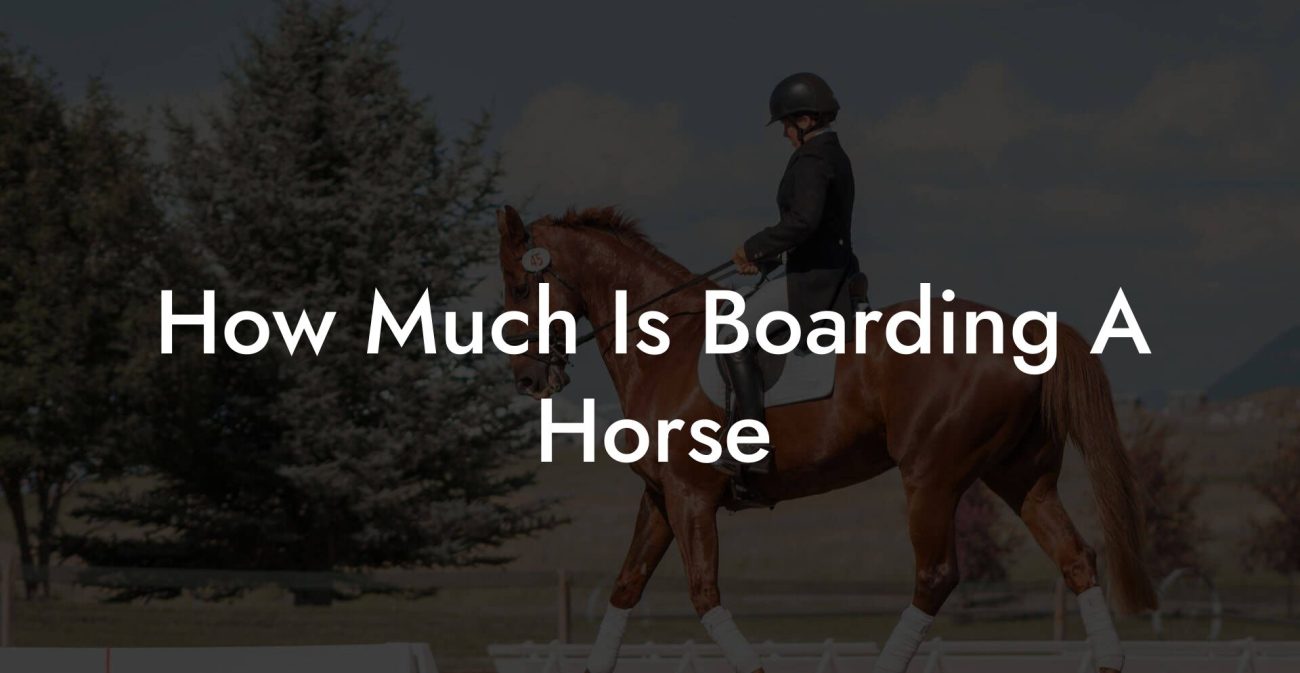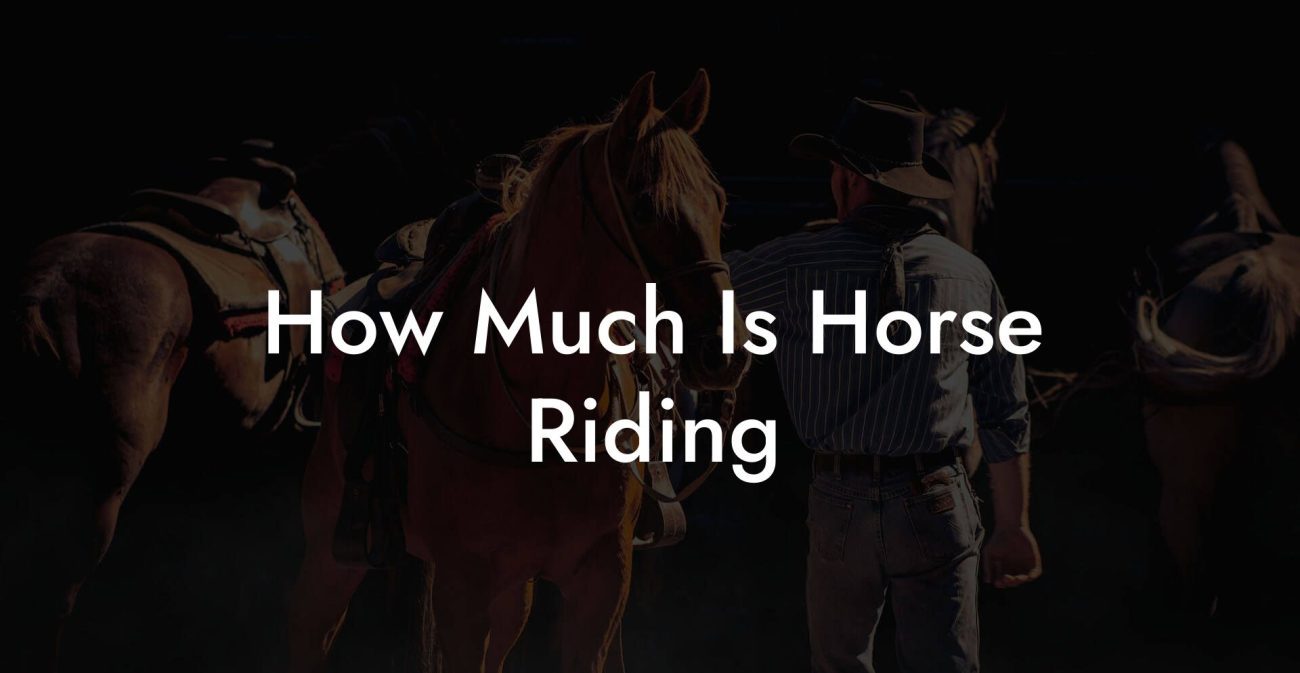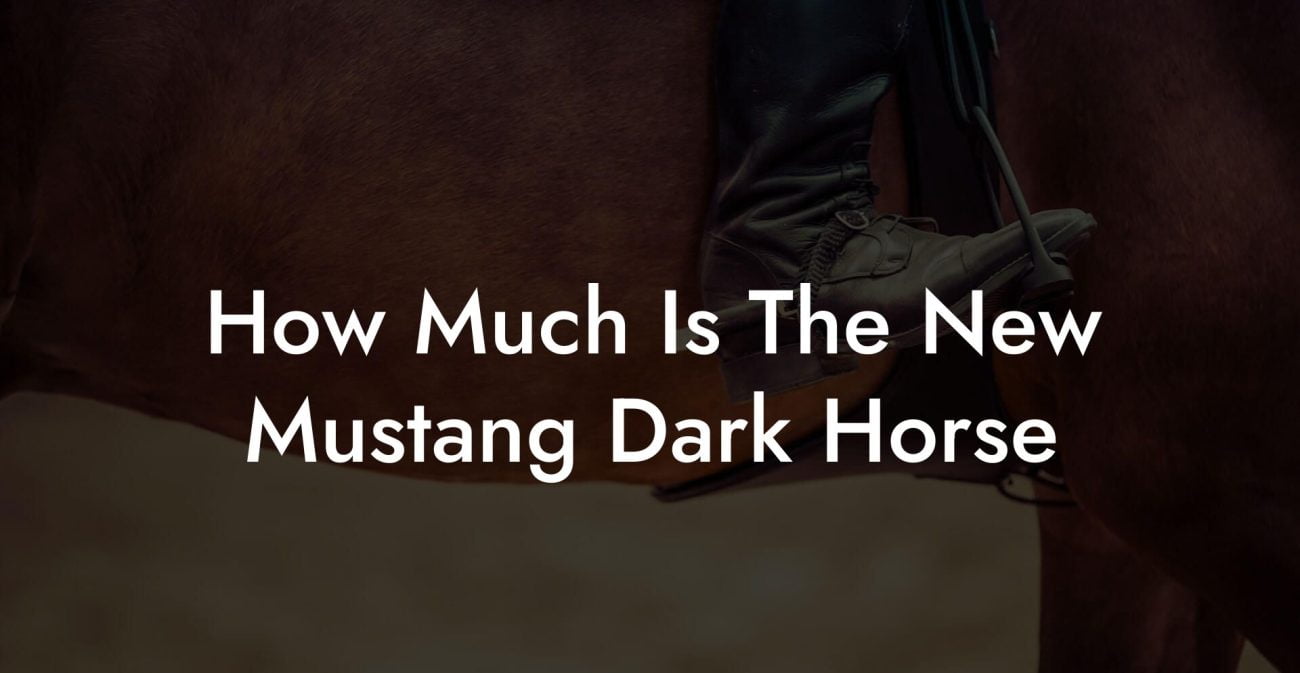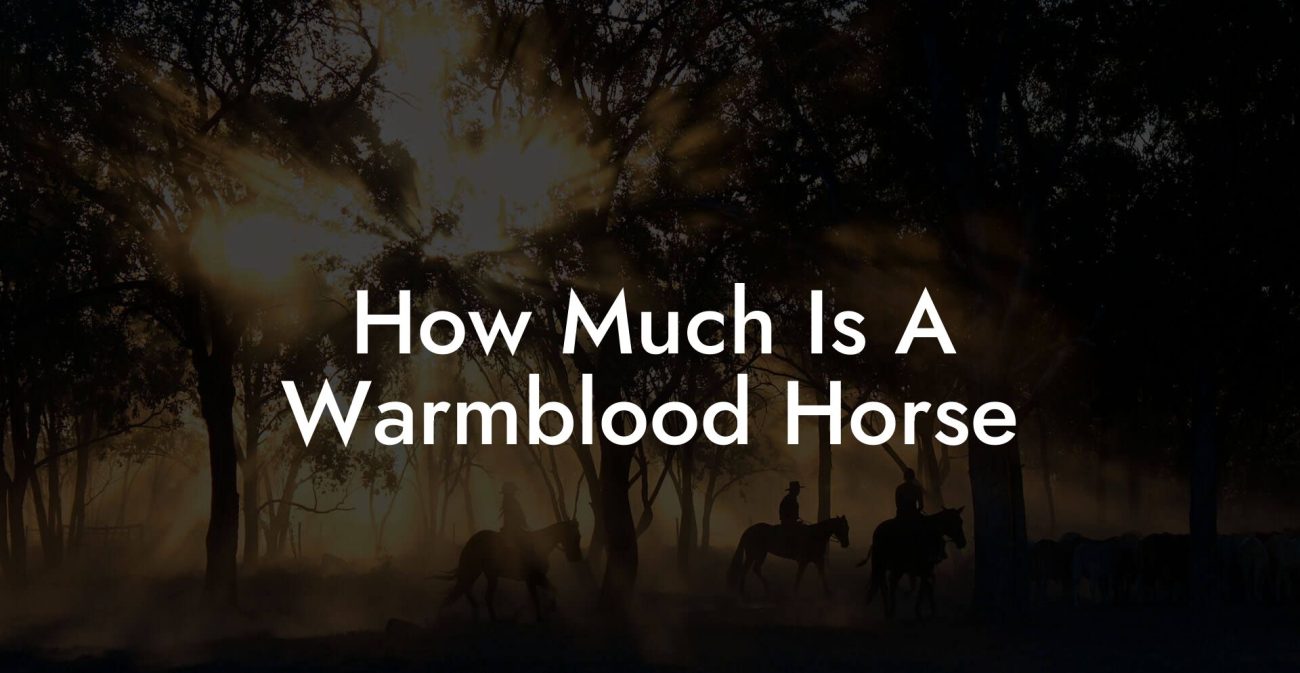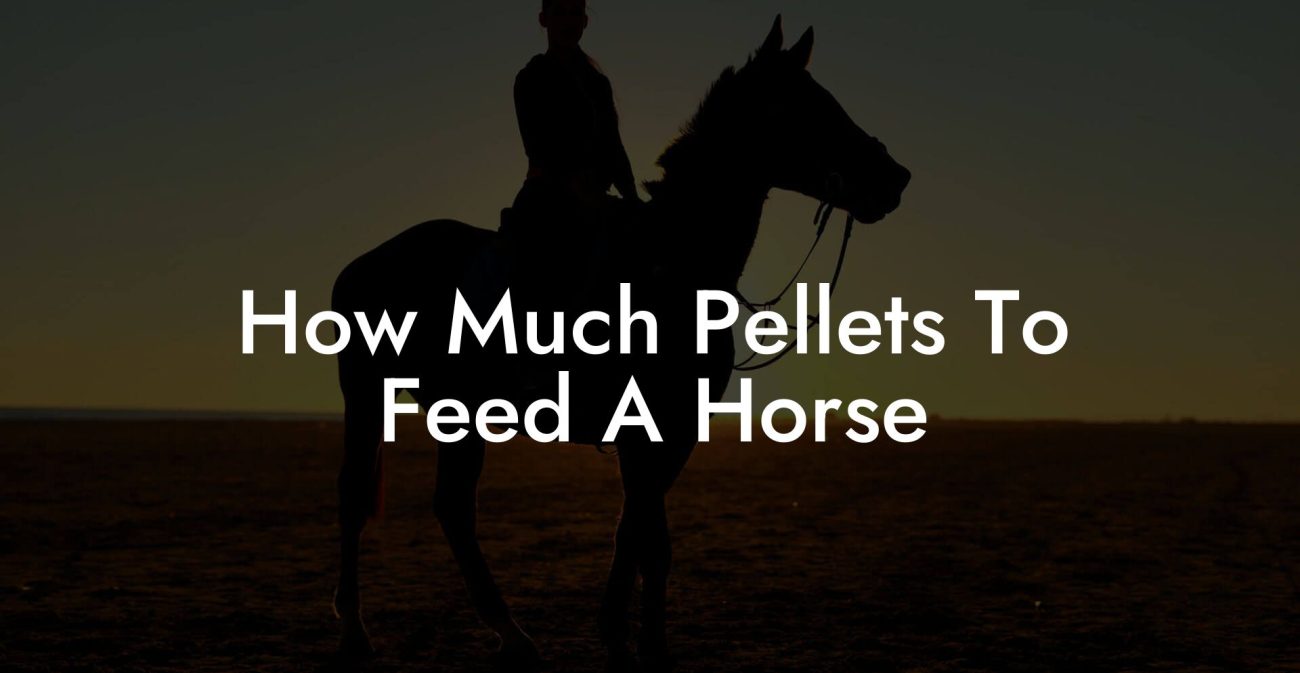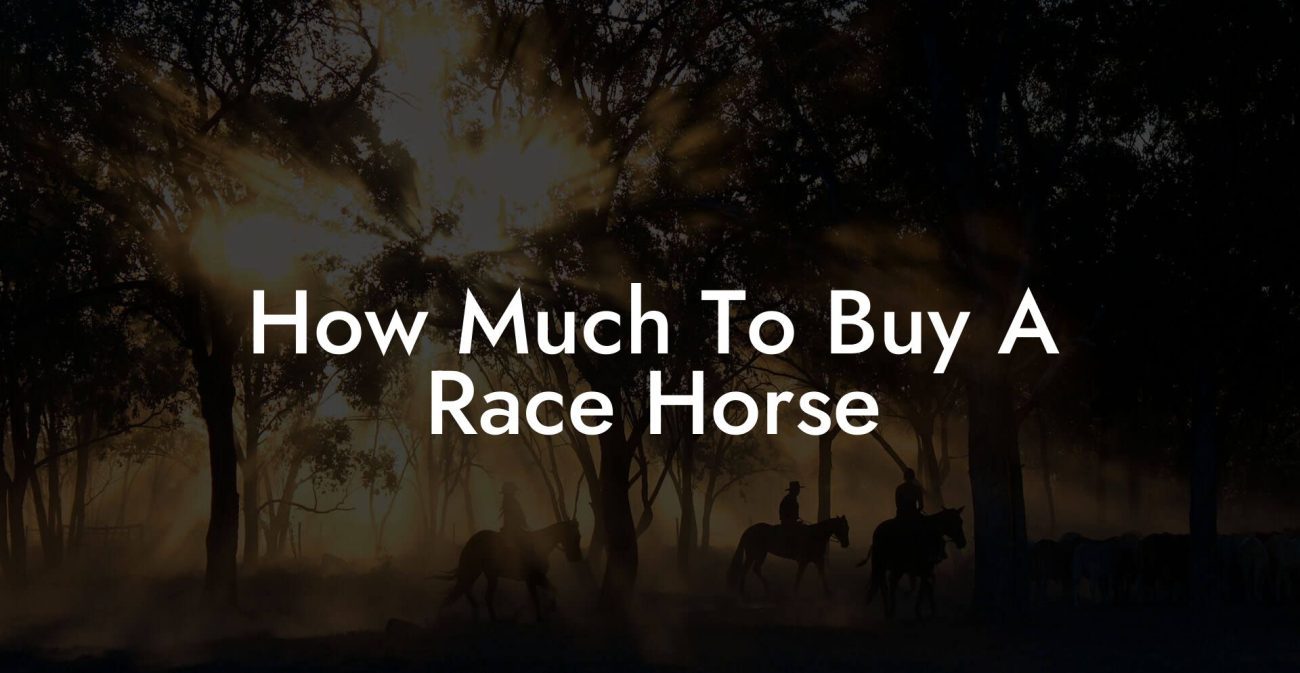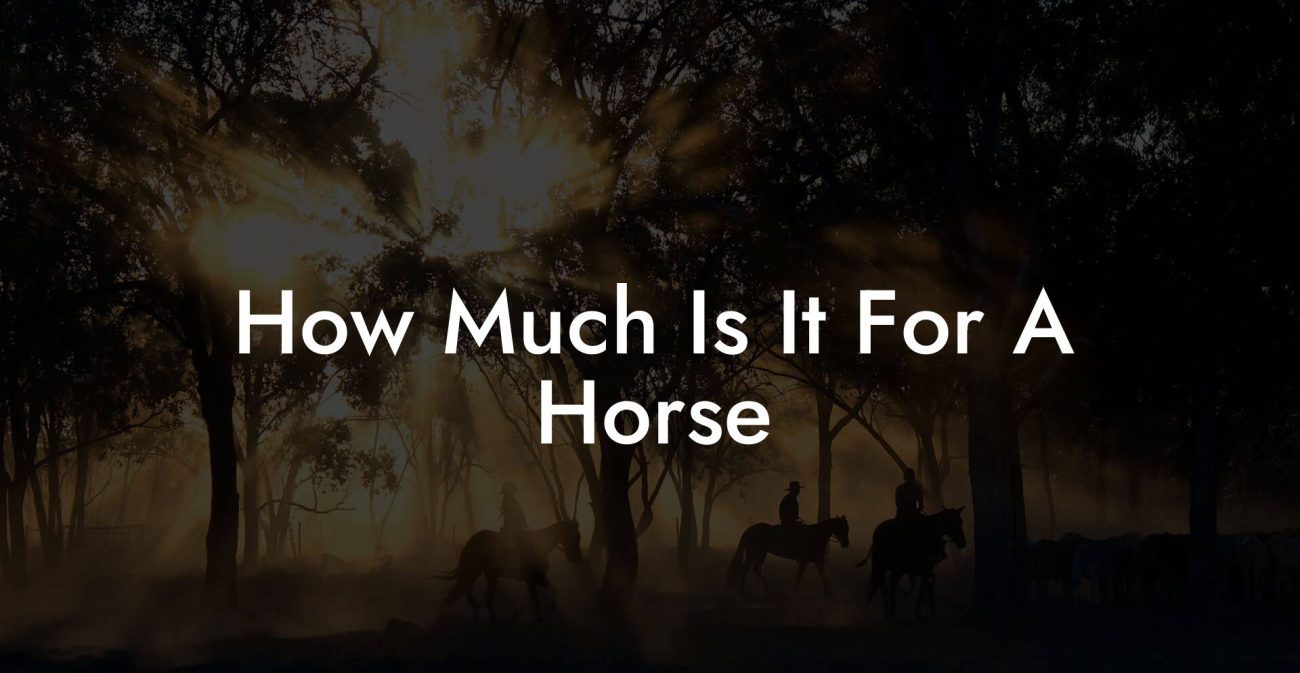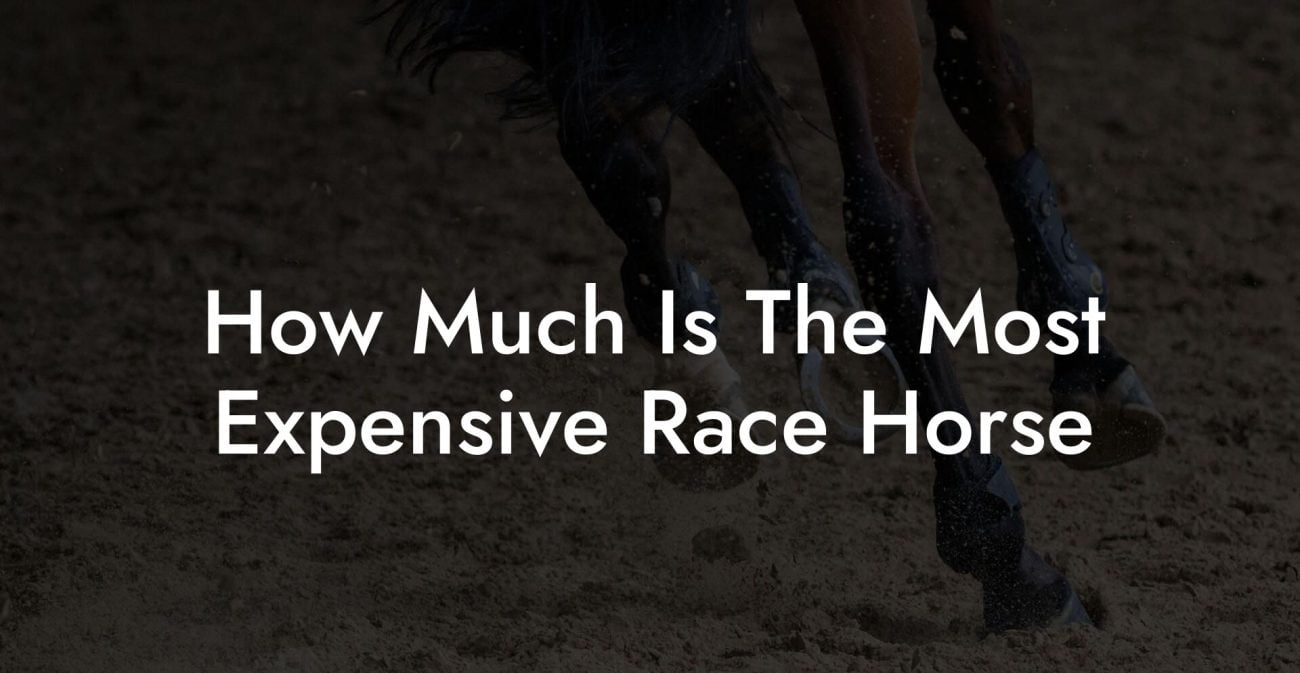Ever wondered how to make your horse break into a smooth, effortless lope that’s as stylish as it is natural? Picture this: a crisp autumn morning, your trusty steed humming along with a calm energy reminiscent of a cool indie track, and you, confidently guiding the pace with balance and flair. Whether you’re a seasoned rider or a curious novice, learning how to lope a horse isn’t just about hitting that perfect rhythm, it’s about forging a connection with your four-legged partner, understanding their language, and turning each ride into a memorable adventure.
Quick Links to Useful Sections
- What Does It Mean To Lope A Horse?
- Preparing For The Lope: Essential equipment and Warm-Up Routines
- Conventional Techniques: Step-by-Step Guide to Loping a Horse
- Step 1: Establish a Solid Base
- Step 2: Initiate the Transition
- Step 3: Adjust Your Position
- Step 4: Fine-Tune With Consistency
- Complementary Approaches: Building Trust and Natural Rhythm
- Establish a Bond Through Groundwork
- Mindfulness On Horseback
- Incorporate Natural Landscapes
- Troubleshooting Common Challenges in Loping
- Challenge 1: The Reluctant Lope
- Challenge 2: Inconsistent Rhythm
- Challenge 3: Rider Imbalance
- Challenge 4: Overcorrection
- Advanced Training Tips: Fine-Tuning The Lope
- Incorporate Lunge Line Drills
- Vary The Terrain Strategically
- Implement Interval Training
- Focus on Communication and Body Language
- Real-Life Stories: Riders Who Transformed Their Rides Through Loping
- Mia’s Journey: From Stumbles to Smooth Sailing
- Jason’s Transformation: Embracing the Rhythm
- Sara’s Story: A New Perspective on Equestrian Harmony
- Resources and Community Support: Your Next Steps
- Creating an Individualized Lope Training Plan
- Step 1: Assess Your Starting Point
- Step 2: Define Clear Goals
- Step 3: Integrate a Variety of Exercises
- Step 4: Record Your Progress
- Step 5: Seek Feedback
- FAQs: Your Burning Questions About Loping A Horse Answered
- Your Journey to Mastering the Lope
What Does It Mean To Lope A Horse?
Loping, in the equestrian world, is a unique, smooth gait that sits somewhere between a trot and a gallop, offering the perfect blend of comfort, control, and a dash of casual coolness. Unlike the energetic trot or the full-out sprint of a gallop, loping is a relaxed yet efficient pace that allows for long-haul rides without exhausting your horse. Think of it as your horse’s version of a laid-back, cross-country road trip, steady, rhythmic, and surprisingly fun.
In practical terms, learning how to lope a horse means mastering subtle cues and body language that tell your horse, “Hey buddy, let’s pick up the pace, but keep it chill.” It’s about balancing energy and ensuring that the movement feels natural for both you and your equine friend. This isn’t a one-size-fits-all technique; every horse is unique, and their ideal lope is as personal as your favorite playlist.
Preparing For The Lope: Essential equipment and Warm-Up Routines
Before you even think about asking your horse to break into a lope, preparation is key. Just as you wouldn’t head out on a run in your pajamas, you and your horse need to be properly geared up and warmed up. Here are some must-haves and critical tips:
- Proper Tack: Ensure that your saddle is well-fitted to provide both support and comfort. A loose saddle can throw off balance, while a poorly adjusted bridle might miscommunicate your cues.
- Safety Gear: riding helmets, proper boots, and gloves aren’t just for show, they’re essential for safe riding, especially when experimenting with new gaits.
- Basic grooming Tools: A quick grooming session can help calm your horse’s nerves and make them more receptive to training. Plus, a clean horse is often a happy, responsive horse.
- Warm-Up Exercises: Before loping, walk your horse slowly to loosen up those muscles. Follow up with a gentle trot to gradually increase their heart rate and prepare for the transition to a lope.
Warming up isn’t just for the physical muscles, it sets the mental stage, ensuring that your horse is focused and receptive. Think of it as the pre-show that gets everyone in the mood for performance!
Conventional Techniques: Step-by-Step Guide to Loping a Horse
Ready to dive into the nitty-gritty of how to lope a horse? Grab your reins, and let’s break it down into digestible steps.
Step 1: Establish a Solid Base
Before transitioning into the lope, ensure that your horse is comfortable at a consistent trot. Use gentle rein aids and keep your body relaxed. A solid seat is crucial, rigidity won’t send the right message to your horse.
Step 2: Initiate the Transition
When you feel that your horse is relaxed and responsive, it’s time to urge them into the lope. Slightly squeeze your ankle against your horse’s side to signal the upcoming pace change. At the same time, give a mild verbal cue, like “Lope,” to create an association between the command and the motion.
Step 3: Adjust Your Position
As your horse picks up the pace, shift your weight slightly forward to match the new rhythm, but maintain a centered position. Keep your eyes forward and your hands soft. Remember, subtle hints work best, overbearing new signals can easily confuse your horse.
Step 4: Fine-Tune With Consistency
Consistency is the secret sauce. Use a uniform set of cues every time so your horse learns to respond automatically. Gradually extend the duration of the lope to build stamina and confidence. A good tip is to alternate between lope and trot, which helps your horse understand the difference and respond accordingly.
These steps may seem simple in theory, but the real challenge lies in the nuanced communication between you and your horse. Practice is your best friend here, if at first you don’t succeed, try again (and again, and again).
Complementary Approaches: Building Trust and Natural Rhythm
Beyond the conventional methods, there are plenty of complementary approaches that can truly transform the loping experience for you and your horse. Sometimes a relaxed, natural rhythm comes less from strict control and more from building trust and relaxation.
Establish a Bond Through Groundwork
Start with some simple groundwork exercises. Walking your horse on a lead line, engaging in trust-building exercises, and even a little bit of playful interaction can deepen the bond between you. This connection is crucial, it translates to smoother transitions when riding.
Mindfulness On Horseback
Ever tried riding with a meditative mindset? Focusing on your breathing, staying present, and keeping your movements fluid not only reduces your own stress but also calms your horse. A relaxed rider is a signal for a relaxed horse, paving the way for a smooth lope.
Incorporate Natural Landscapes
Training on varied terrains, like gentle hills or open fields, can mimic natural environments where horses instinctively pick up the lope. These settings encourage a natural rhythm that is both enjoyable and beneficial for building strength and stamina.
The key here is to go with the flow, sometimes, stepping away from rigid, controlled training allows both you and your horse to discover a more organic, intuitive way of moving together.
Troubleshooting Common Challenges in Loping
Even the most experienced riders encounter hiccups along the way. Loping a horse isn’t always a walk in the park (or trot in the field). Here are some frequent challenges and tips on how to overcome them:
Challenge 1: The Reluctant Lope
Sometimes your horse might balk at the idea of picking up a lope. A common culprit is anxiety or hesitation during transitions. If your horse freezes or only half-lopes, try breaking the training into smaller segments. Reward even the smallest progress with gentle praise or treats. Patience is crucial, progress might be slow, but it’s steady.
Challenge 2: Inconsistent Rhythm
A jerky or uneven lope can stem from inconsistent cues or environmental distractions. Review your cues to ensure they’re clear and uniform every time. It might also help to practice in a quieter area away from distractions until your horse builds a consistent rhythm.
Challenge 3: Rider Imbalance
Believe it or not, sometimes the issue isn’t your horse at all, it’s you! Maintaining a balanced position is essential to signal the proper gait. Work on core strength off the saddle through exercises like yoga or Pilates. A stable, centered seat not only improves your riding but also helps your horse maintain the lope rhythm.
Challenge 4: Overcorrection
Overusing the reins or giving conflicting signals can confuse your horse, leading to a breakdown in the motion. Focus on subtle, consistent cues and keep your movements fluid. Remember, your horse is reading your body language, less is often more.
When troubleshooting, it helps to view each challenge as an opportunity to deepen your understanding of your horse. Adjust your approach, remain calm, and soon you’ll find that these challenges are just stepping stones on your journey to a perfect lope.
Advanced Training Tips: Fine-Tuning The Lope
Once you’ve got the basics down, why not take your skills to the next level? Advanced techniques not only enhance performance but also deepen the mutual trust between you and your horse.
Incorporate Lunge Line Drills
Using a lunge line can be an excellent way to practice the lope without the added pressure of carrying your full weight. This exercise allows you to focus on the quality of the horse’s movement and refine your cues in a controlled environment. Gradually, transition from the lunge line to riding as your horse becomes more confident.
Vary The Terrain Strategically
Advanced training often involves navigating mixed terrains. Challenging surfaces, slight inclines, and even obstacles can help your horse learn to adjust and maintain a consistent lope. This variation builds strength, stamina, and responsiveness, making your overall riding experience richer and more dynamic.
Implement Interval Training
Think of interval training as a way to build both endurance and pace control. Alternate between shorter bursts of lope and recovery periods of trot or walk. This method not only conditions your horse’s muscles but also improves cardiovascular efficiency, making for a smoother and more sustained lope over longer rides.
Focus on Communication and Body Language
Advanced riding is as much about subtle communication as it is about technique. Fine-tune your cues by practicing in front of a mirror or even recording your rides. Observe your posture, hand position, and overall balance. Over time, these small adjustments will translate to more effective cues for your horse, ensuring that the lope becomes a natural extension of your riding style.
As you build up your toolkit of advanced techniques, remember that every horse responds differently. The goal is not perfection, it’s a harmonious partnership where both rider and horse feel connected and confident.
Real-Life Stories: Riders Who Transformed Their Rides Through Loping
Sometimes the best inspiration comes from real-life experiences. Here are a few stories of riders who turned their riding struggles into triumphs by mastering the lope.
Mia’s Journey: From Stumbles to Smooth Sailing
Mia, a vibrant 26-year-old urbanite with a passion for adventure, always felt that her riding sessions were missing a spark. After repeated attempts to achieve a consistent lope, she decided to change her approach. Mia focused on building a deeper bond with her gentle mare, Bella, through daily groundwork and mindfulness exercises. With patience and persistence, and a healthy dose of indie playlists playing in the background, Bella gradually started responding to Mia’s cues. Today, Mia and Bella are known for their effortless lope that turns heads at every local equestrian event.
Jason’s Transformation: Embracing the Rhythm
Jason, a 32-year-old tech enthusiast by day and passionate rider by weekend, faced a common obstacle: an inconsistent lope. His horse, Apollo, would sometimes bolt and then slow down abruptly, leaving Jason frustrated. After reworking his approach, focusing on core-strength exercises and engaging in more varied terrain rides, things started to change. The breakthrough came when Jason joined a local riding masterclass that emphasized synchronized breathing and subtle body positioning. Now, Jason and Apollo share a lope that’s as smooth as his favorite digital interface, a testament to the power of refined communication.
Sara’s Story: A New Perspective on Equestrian Harmony
For Sara, the epitome of Gen-Z spontaneity, riding was always a way to escape the hustle of daily life. But when her spirited horse, Luna, began showing signs of stress during transitions, Sara knew something had to change. By incorporating mindfulness techniques and gradually integrating lope training into their routine, she not only eased Luna’s tension but also discovered a newfound sense of balance. Their rides gradually evolved into fluid, almost dance-like sessions that left everyone around in awe. Sara’s experience reminds us that learning to lope isn’t just about technique, it’s about nurturing a partnership that thrives on mutual respect and energy.
These stories highlight that every rider’s journey is unique. Whether you’re overcoming hesitations, refining your technique, or simply exploring a new way of connecting with your horse, the path to the perfect lope is paved with persistence, creativity, and a dash of personality.
Resources and Community Support: Your Next Steps
Embarking on the journey to master the lope is much easier when you’re not riding solo. The equestrian community is filled with passionate riders, seasoned trainers, and online forums ready to share advice, support, and plenty of inspiring stories.
Consider joining local riding clubs or online communities dedicated to horse training and equestrian sports. Platforms like Facebook groups, Reddit threads (r/equestrian), and specialized forums are great places to exchange tips, celebrate milestones, and get through challenging days. Additionally, explore educational resources, many riding academies offer workshops focused on natural horsemanship and relaxed riding techniques.
Whether it’s attending a masterclass, subscribing to a YouTube channel dedicated to horse training, or simply chatting with a fellow rider over a cup of artisan coffee, these interactions can provide fresh perspectives and invaluable insights. Your next step is to utilize these resources to tailor your training, ask questions, and build a network of support that empowers both you and your horse.
Creating an Individualized Lope Training Plan
The beauty of loping lies in its adaptability, this isn’t a rigid formula, but rather a flexible framework tailored to you and your horse’s unique rhythm. Here’s how you can craft a personalized lope training plan:
Step 1: Assess Your Starting Point
Begin by evaluating your horse’s current responsiveness, overall fitness, and the conditions in which they’re most comfortable. Are there particular times or environments where your horse is more relaxed? Document these observations to better understand where to focus your efforts.
Step 2: Define Clear Goals
Whether you’re striving for a longer lope, a more consistent pace, or simply a better connection during transitions, setting clear goals is key. Write them down and outline a timeline for gradual improvements. This will serve as your roadmap.
Step 3: Integrate a Variety of Exercises
Mix conventional riding lessons with complementary exercises like gradual lunging, interval training, and even groundwork activities. Incorporate stretches and balance drills to improve your seat and overall control. The goal is to promote flexibility and build muscle memory for both you and your horse.
Step 4: Record Your Progress
Keep a training journal or use a mobile app to log sessions, note improvements, and record challenges. Over time, this documentation will not only highlight areas of progress but also reveal patterns that can help fine-tune your techniques.
Step 5: Seek Feedback
Don’t hesitate to ask for guidance, from instructors, fellow riders, or even online communities. Constructive feedback is fundamental to growth and can accelerate your ability to master the lope.
Crafting your personalized lope training plan is a dynamic process. As you roll through each training session with your horse, adjust and refine your approach to create a harmonious, evolving partnership that thrives on progress and mutual recognition.
FAQs: Your Burning Questions About Loping A Horse Answered
Below are some frequently asked questions that riders new and seasoned might have about loping a horse. We’ve included structured schema markup for easy reference.
1. What exactly is a lope?
The lope is a smooth, controlled gait that is faster than a trot but more relaxed than a gallop. It’s an ideal pace for long-distance rides, offering comfort to both the rider and the horse.
2. How do I signal my horse to lope?
Start by establishing a consistent trot, then gently squeeze your ankle and use a clear verbal cue like “Lope.” A relaxed, forward-shifted seat further signals your horse to pick up the pace.
3. What if my horse resists the lope?
Resistance can often be a sign of anxiety or discomfort. Take a step back, reinforce your groundwork skills, ensure your equipment fits properly, and build a stronger trust bond with your horse. Small rewards for progress also help ease the transition.
4. How long should I practice loping?
Consistency is key. Start with short intervals of 5-10 minutes and gradually extend the duration as your horse builds confidence and stamina. Frequent practice over time yields the best results.
5. Can I learn to lope on my own?
While self-teaching is possible, having an experienced instructor can provide valuable feedback, help correct errors, and accelerate your progress. Peer support in local riding clubs also makes a significant difference.
6. What are some common errors to avoid while loping?
Avoid overusing the reins or giving conflicting body signals. A jerky, unbalanced posture can confuse your horse. Focus on subtle, consistent cues and ensure your equipment is properly fitted.
7. How important is the training environment?
A calm, familiar environment is crucial, especially during the early stages of learning. Gradually introduce varied terrains as your horse becomes more confident in their lope.
8. What complementary exercises can help improve my horse's lope?
Incorporate lunging, groundwork exercises, and interval training. These exercises help improve your horse’s muscle tone, balance, and overall responsiveness.
9. How can I monitor if my lope is smooth and consistent?
Video recordings of your sessions or working with an instructor can help you assess your posture and your horse’s movement. Over time, you’ll develop a keen sense of what a consistent lope feels like.
10. Where can I find additional resources to improve my riding skills?
Look for online forums, local riding clubs, and equestrian training centers. Engaging with the community and accessing digital resources like tutorial videos are great ways to learn more.
Your Journey to Mastering the Lope
There’s something undeniably empowering about learning to lope a horse. Each ride becomes more than just a journey from point A to point B, it transforms into an intimate dance where both rider and horse communicate through subtle shifts in balance, unspoken cues, and the thrill of mutual understanding. Embracing the lope means embracing a slower, more deliberate approach to riding that celebrates both technique and passion.
The road to mastering this smooth gait may have its bumps and challenges, but every misstep is an opportunity for growth. With the right combination of conventional techniques, complementary approaches, and incremental refinements, you and your horse can achieve a lope that is not only efficient but downright poetic, melding practicality with a touch of equestrian artistry.
So saddle up, take a deep breath, and enjoy the journey. Every ride, every stumble, and every smooth transition is a chapter in your equestrian story, a story where you and your horse grow together in trust, skill, and a shared love for the open trail.
Ready to ride into a future where your horse’s lope is as effortless as your favorite playlist? Embrace each moment, trust your instincts, and remember: the perfect lope is a journey, not a destination.

